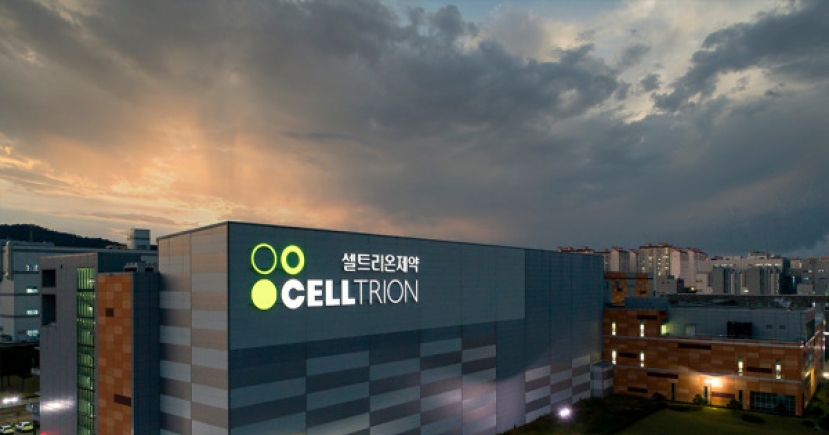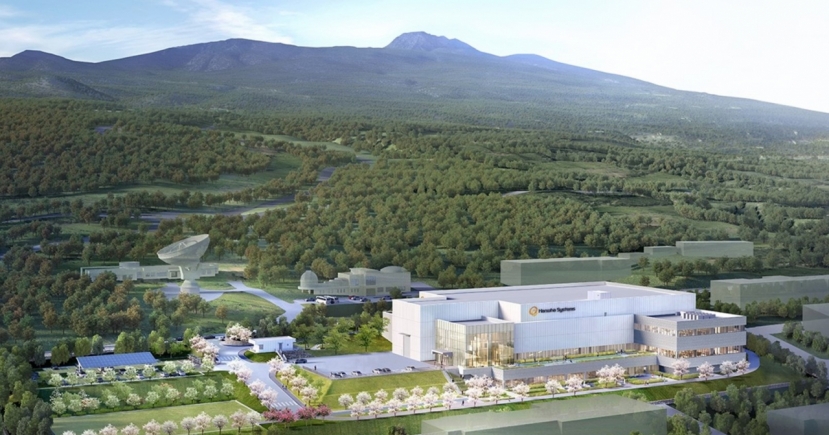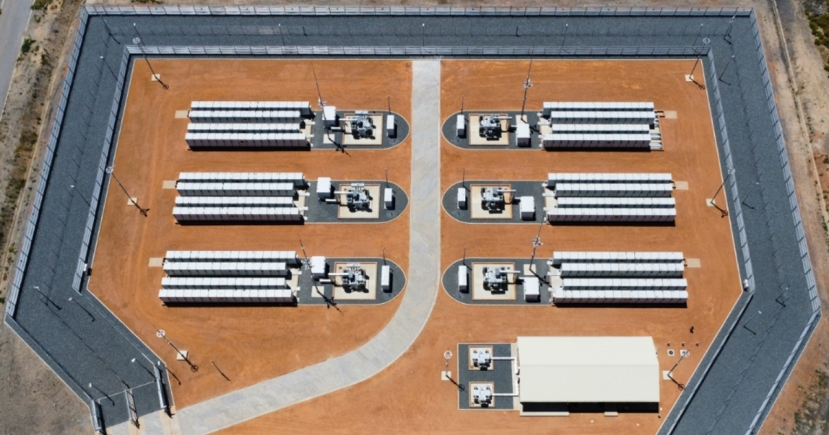Tech
The 4 key trends in AI chip development (2)
 |
Text generated by `Sora,' an innovative video creation platform |
Jo Weon-Kyoung, professor and director of UNIST Global University-Industry Relations Center, recently authored an article for the Herald Business, a vernacular business daily, which was subsequently picked up and published by The Investor after an unofficial translation. This is the second of the two-part story. –Ed.
(2) Sam Altman's ambitious semiconductor endeavor: A potential shake-Up in the industry
Renowned as the CEO of OpenAI and a key player in spearheading the AI semiconductor trend through innovations like ChatGPT, Sam Altman is setting his sights on establishing an AI empire. His vision involves collaborating with global investors and industry giants to disrupt the existing landscape dominated by tech titans like Nvidia and AMD. As he spent a fortune for Nvidia's GPUs, he’s got good reason to think so.
However, the road ahead is not devoid of challenges. With an eye-watering estimated cost of $7 trillion, Altman faces significant hurdles in actualizing his ambition – an amount surpassing the combined market cap of tech juggernauts Microsoft and Apple. The colossal investment, although painting a picture of a promising future for AI semiconductors, raises concerns around feasibility and prudence.
Altman's proposition to unify the semiconductor sector under the banner of AI innovation stands out amidst a backdrop of increasing nationalism and regulatory constraints. Leveraging OpenAI's cutting-edge AI software capabilities, the prospect of developing AI chips that optimize service performance and potentially expedite the advent of "artificial general intelligence" (AGI) looms large. Vital to this strategic vision is forging partnerships with prominent semiconductor foundries like Taiwan's TSMC and South Korea's Samsung Electronics.
The surging global demand for AI chips underscores the urgency for market players like Nvidia to evolve their supply chain strategies. Despite Nvidia's assurances of equitable GPU distribution, customers grapple with prolonged delays in receiving orders, prompting Altman to voice discontent over GPU computing limitations, especially concerning AGI aspirations.
It seems unlikely that the US government, which wants to create a domestically-focused semiconductor supply chain, would approve of Altman's plan to bring in East Asian and Middle Eastern money.
Nvidia was quick to defend itself against Altman. CEO Jensen Huang told the 2024 World Government Summit (WGS) dialogue program that computers are getting faster, so we have to assume that the amount of computers you need is not going to be that much. He said we are confident that the cost of AI will come down significantly because of the chip industry manufacturing faster.
As the semiconductor industry braces for potential disruption, Altman's audacious endeavors may hold the key to redefining the future of AI innovation.
Nvidia's AI GPUs are made up of more than 35,000 components, making supply a challenge. By well-developing supply chain of components, including semiconductor wafers and packaging, memory semiconductors, and power devices, Nvidia seeks to ensure that it can respond well to shortages.
 |
Eureka, an AI agent powered by OpenAI`s GPT-4 (Nvidia) |
(3) Nvidia's strategic investment in Figure AI: Paving the way for next-generation robotics
AI chips are revolutionizing the landscape of machine learning and computer vision, empowering robots to perceive and respond to their surroundings effectively. From collaborative robots aiding in agricultural tasks to humanoid robots mirroring human-like actions, the impact of AI chips on robotic capabilities spans diverse applications. In a recent development, tech behemoths such as Amazon founder Jeff Bezos ($100 million), Nvidia ($50 million), Microsoft ($950 million), and OpenAI ($50 million) have collectively injected substantial investments into the startup Figure AI, signaling a pivotal shift in the robotics industry.
Established in 2022 by former Tesla engineers and experts from robotics pioneer Boston Dynamics, Figure AI initially aimed to secure $500 million in funding but ultimately exceeded expectations by raising $675 million. Noteworthy participants in this funding round include Intel ($25 million), LG Innotek ($8.5 million), and Samsung Investment ($5.0 million), underlining the industry's confidence in the startup's vision to develop humanoid robots for hazardous tasks and mitigate labor shortages.
Driven by the burgeoning demand for AI-driven solutions, the pursuit of humanoid robotics is intensifying, with AI chips emerging as a crucial enabler. Nvidia, at the forefront of this technological frontier, introduced Eureka, an AI agent designed to autonomously craft algorithms for robot training. By synergizing natural language processing (NLP) with reinforcement learning, powered by Nvidia's cutting-edge AI chips, Eureka embodies a paradigm shift in learning mechanisms, emphasizing trial-and-error without human intervention.
(4) OpenAI’s Sora platform fueling AI advancements
Moreover, OpenAI recently unveiled Sora - an innovative video creation platform that offers users the ability to generate immersive, high-definition videos through textual commands. When Sora was unveiled, the video's high quality sparked a flurry of reaction from the industry and its creators, who said they were at risk of losing their jobs.
At an Intel Foundry event in San Jose, California, last month, Altman and Intel CEO Pat Gelsinger agreed that artificial intelligence platforms, including OpenAI, need a much larger supply of high-performance, advanced AI chips to analyze and produce large amounts of data.
What does this mean? It underscores the potential and willingness of global chipmakers, including Silicon Valley giant Intel, to revive the "Siliconomy" (the innovation economy driven by semiconductor chip technology), which has been struggling to compete with Nvidia.
The world sees Nvidia's monopoly as a threat. In the future, the development of dedicated AI chips will grow and seems inevitable. The direction will be towards improving energy efficiency, developing chips that are suitable for applications, and AI chips that can converge with other technologies. This is inevitable if humanoid robots or autonomous driving are to be fully realized.
The next generation of AI chips will eventually be designed to mimic the structure and function of the human brain. Whereas current AI chips need to learn from data, future AI chips will learn in real time to help retrain AI networks.
By Jo Weon-Kyoung (ableman@unist.ac.kr)
Professor and Director of UNIST Global University-Industry Relations Center





![[Herald Interview] Mom’s Touch seeks to replicate success in Japan](http://res.heraldm.com/phpwas/restmb_idxmake.php?idx=151&simg=/content/image/2024/04/29/20240429050568_0.jpg)


